Inspiration
This project was heavily inspired by Simon Kalouche's GOAT concept - in which he layed out the idea of using a delta "manipulator" as a robotic leg. Check you his video - really good stuff:
His work is fantastic. If you have the time, also check his thesis work, since it's filled with juicy robotics. Here, he also sketches a robotic quadruped using his proposed leg, which was the main motivator for this tiny project of mine.
Thanks, Simon, for coming up with this amazing idea and project!
Motivation
Well, I've always wanted to build some form of walker. I also believe that there are a lot of advantages to be found in the usage of these delta legs (as I will be calling them from now on), e.g.:
- Omni-directionality: re-computing a gait algorithm for different heading directions becomes easier, due to the nature of the legs.
- Reduced torque requirements for the actuators (no excessive strain on a "shoulder" servo)
- Faster legs with reduced inertia
Those are reasons enough to try it out, I guess. :)
Goals
- See if the whole thing is feasible with 9g servos instead of fancy brushless actuators
- Come up with a decent, omni-directional gait implementation
- Learn a bit more about robotics while at it
- Eventually build a hexapod version of this (yeah, should have started with the hexapod, but anyways...)
 Martin Vincent Bloedorn
Martin Vincent Bloedorn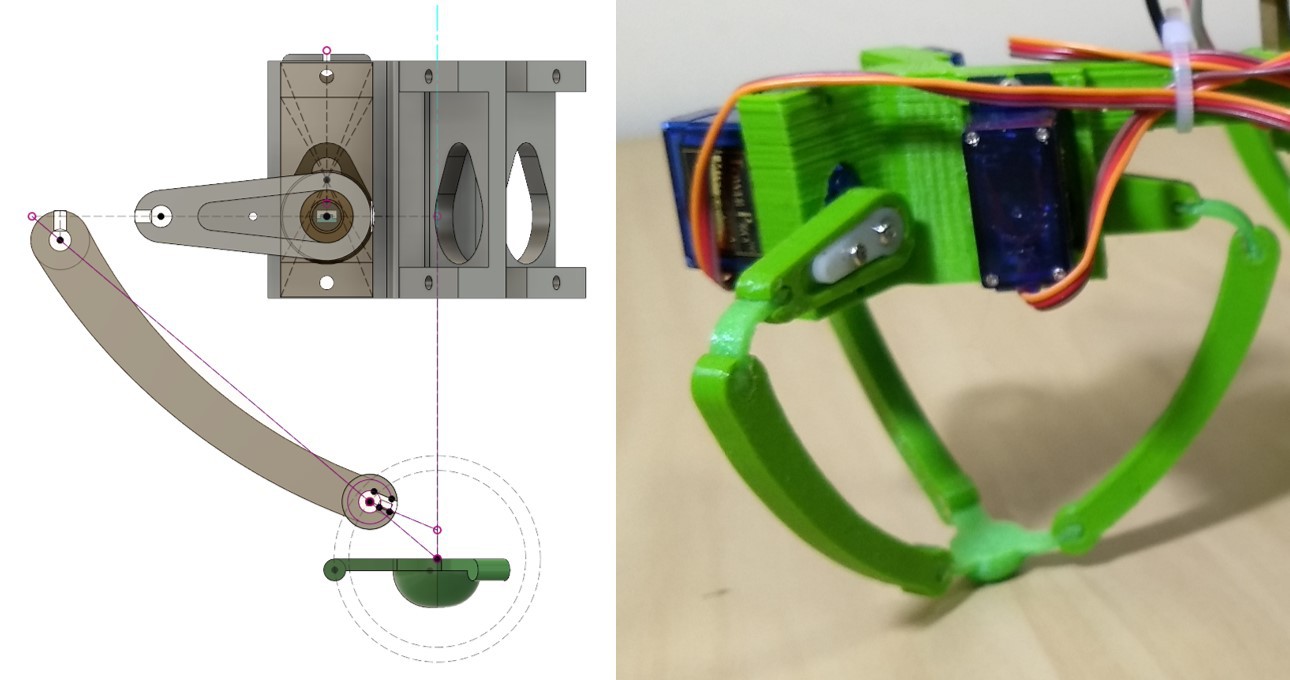
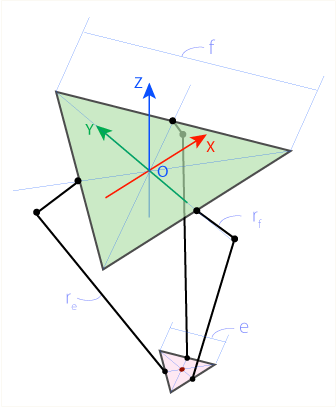
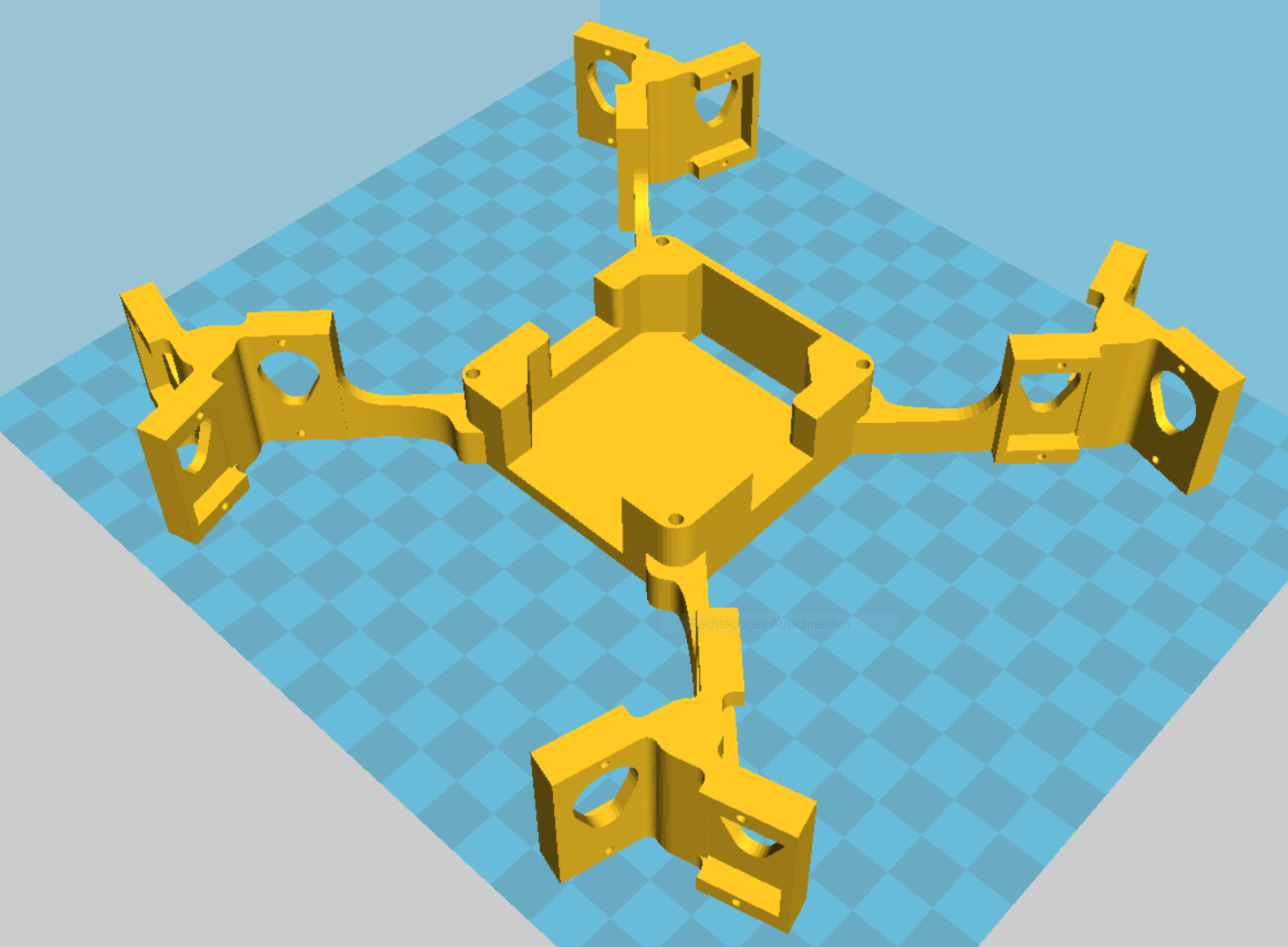
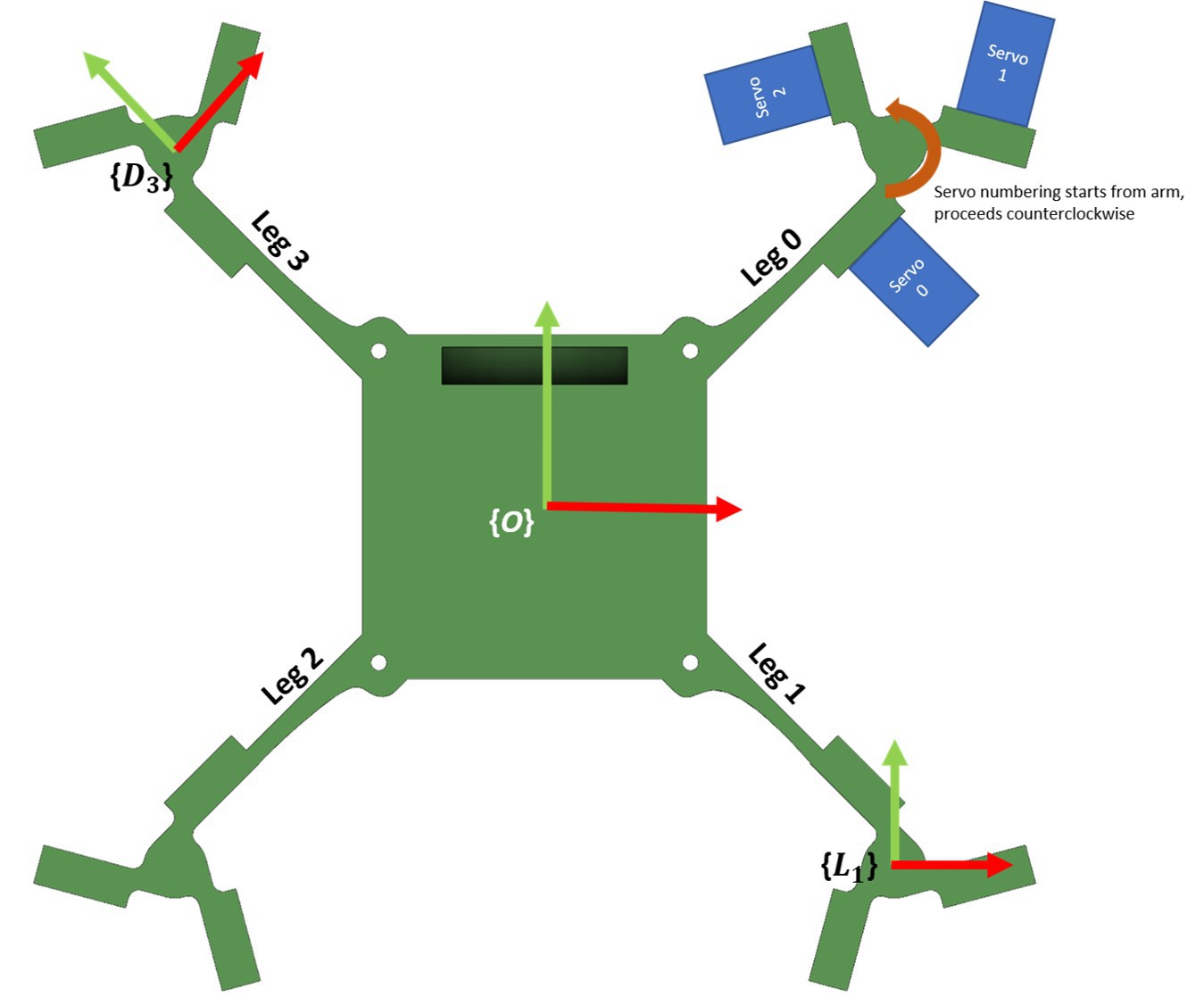

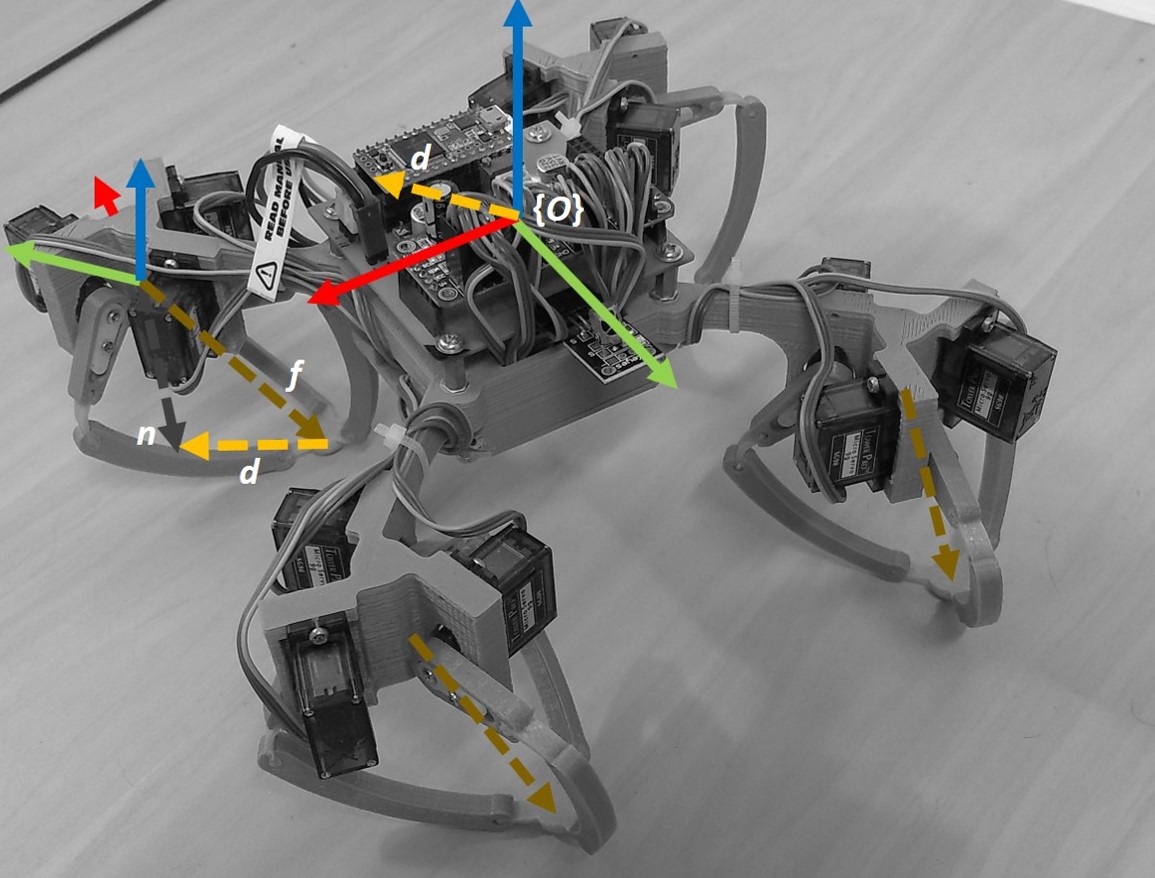




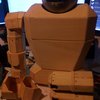




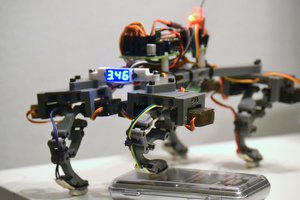
 Yannis Chatzikonstantinou
Yannis Chatzikonstantinou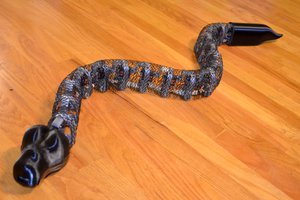
 Vipin M
Vipin M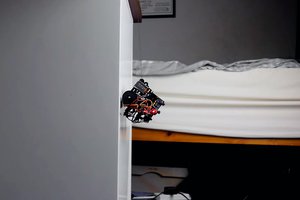
 adambeedle
adambeedle
Yeah, love to learn more on anything robotics.